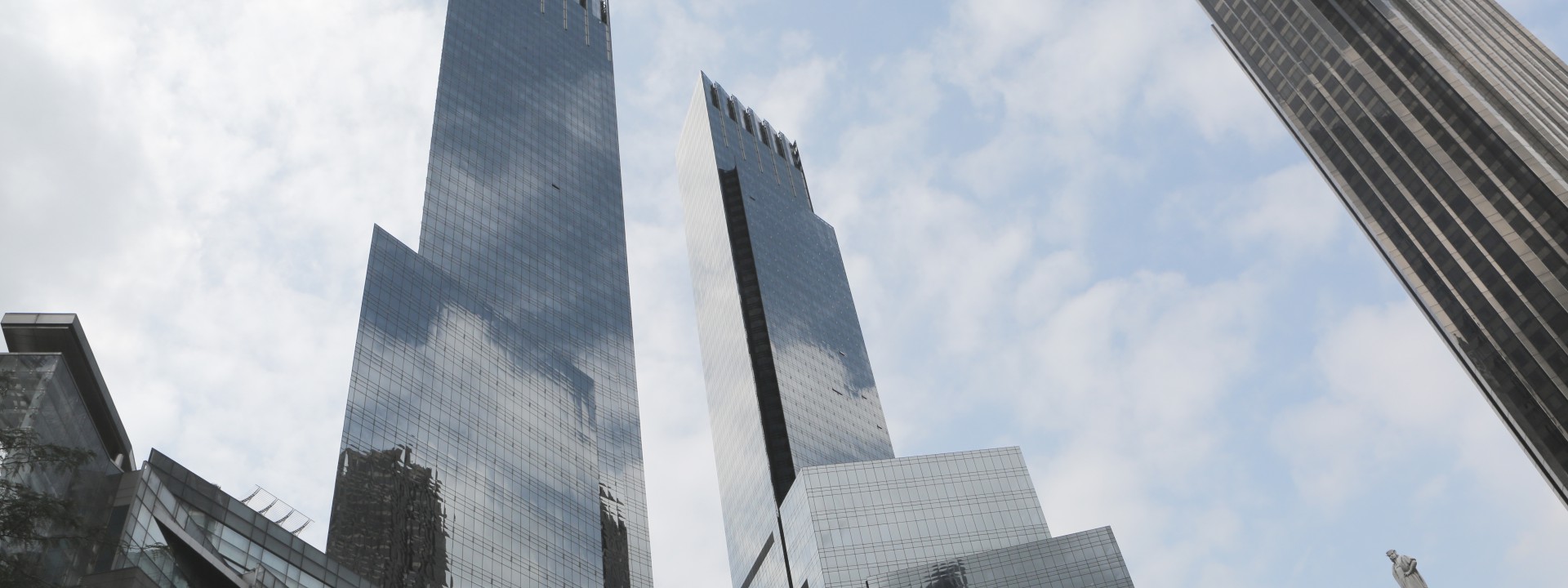
Here’s a simple observation: safety glass is getting bigger and bigger.
Alongside the current trend, more companies and architects are, naturally, finding more ways to incorporate glass into their buildings. And with the help of modern processing technologies, big glass is finally being used as a structural element as well.
The pioneer of structural glass, Tim Macfarlane, has been promoting this method for years now. In fact, Tim started to use glass as a structural element already in 1987. And ever since the nineties, Tim has been a regular presenter and a source of inspiration at the GPD events.
Another trendy topic within the glass industry is cold bending. Cold-bent glass can be found in many modern buildings and building sites. As the capabilities of glass processing machines grow, the glass sizes are increasing in a similar manner. The growing production capabilities have led to a situation that enables architects to use their imagination when creating new buildings that include larger glass sheets.
And with the ever-growing demand for glass safety and strength, the market is naturally seeing a lot of innovations. And one of such latest innovations coming to the glass market is the so called “iconic skin” integrative glass façade material with which the glass element is a prefabricated building component that can stretch up to 15 meters high.
We’re living in a very exciting time!
As the market is starting to see multiple innovations for glass solutions, like glass beams, fins, floors and frames, the media is gaining interest in these technologies as well. The most recent GPD Finland event was full of presentations on how these techniques and technologies can be used to take full advantage from glass as a building material.
One of the most remarkable benefits of glass is its ability to make buildings naturally more transparent, and more glass surfaces mean plenty of natural daylight. Many architects are dreaming of buildings that could be transparent inside out. The transparency also signifies total openness of the businesses that might operate within the building.
But if you’re looking to have a bit more privacy, then you might find switchable glazing a good option. If you’re worried about the heat, there are various coating options to keep the extra heat out of the building – or conversely – retain it.
I have to mention yet another development in the glass industry, and that is making the glass thinner. The thinner but safer glass is achieved by using such processes like tempering or lamination.
Thinner glass is also significantly lighter, which makes logistics much more efficient. Besides, with thinner glass, you can cut your operating costs, as well as decrease your CO2 footprint.
Cutting the CO2 footprint is especially important as it is a major concern across all businesses.
At GPD Finland, we saw a lot of solutions covering smart windows and dynamic glazing. Not only are these solutions smart, they also provide increasing possibilities for how and where they can be used in the future.
Dynamic glazing also offers an excellent opportunity for anyone who is looking for a sustainable way of building. Glazing is known to be economical, as it is highly energy efficient.
This method of glass preparation and processing is still relatively expensive, but it certainly is something to keep your eye on for the future. As this is an economical way of building, it’s easy to justify and brand yourself as an economical builder when using the method.
Last but not least, HUD’s (head-up displays) are gaining popularity too, not only in the automotive field, but also generally within the glass industry. More and more glass producers are looking for ways to implement transparent elements that could turn the glass into valuable displays for cars or homes.
If you are interested in getting more information about the glass market, please download the free presentation deck below.
Suscribirse al boletín de noticias de Glastory
Respondemos a sus preguntas sobre el procesamiento de vidrio. Háganos saber sus desafíos y nos comprometemos a hacer todo lo posible para ayudarle.
Comments are closed.